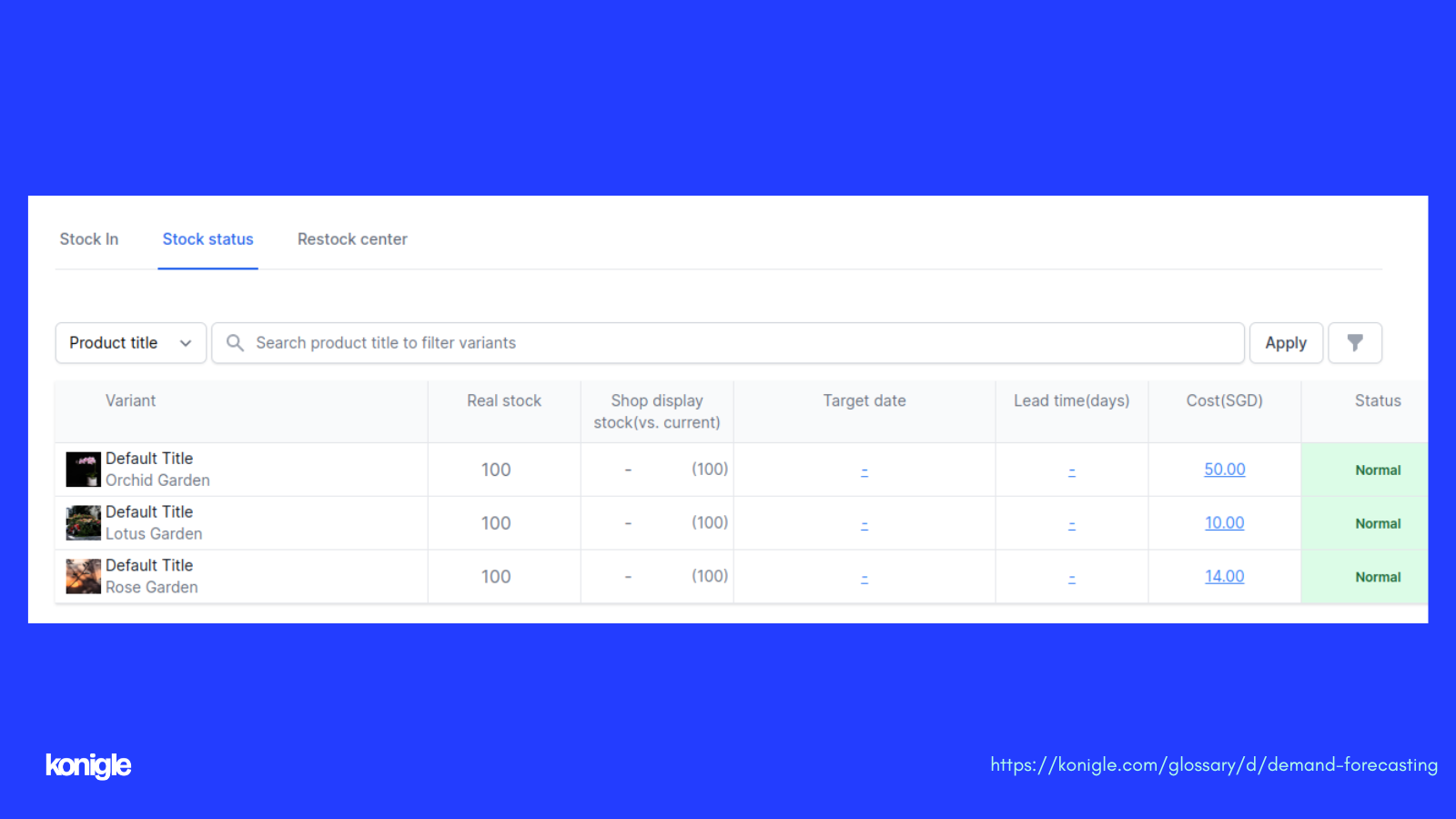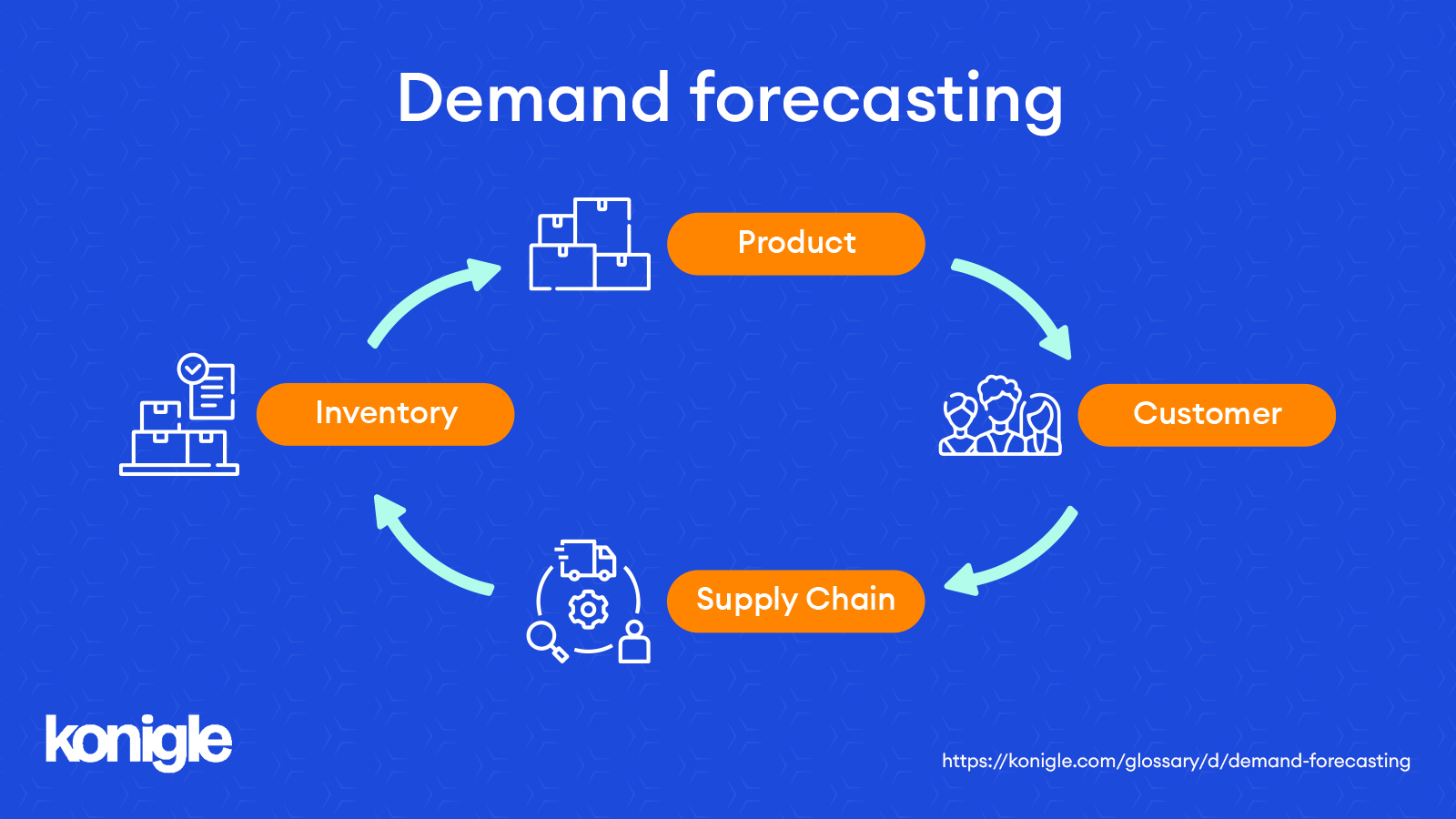Demand forecasting
Demand forecasting is the process of predicting future sales using historical data. Demand is the quantity of a product that buyers are willing to purchase at various prices during a given period.
Demand forecasting is an analytical technique used for predicting the future of a particular product. Simply put, it indicates you estimate future demand so that you can plan your stock(Inventory) levels accordingly.
If you want to know the future of your e-commerce business, look to the past.
Where actual forecasting comes in …The perfect benchmarks are the direction of your marketing strategy, inventory levels, and cash flow which is your ultimate aim.
It helps you to answer questions like:
- What should you sell(product)?
- What do your customers actually want?
- How much of a certain product should you purchase from a supplier?
- How often do you need to restock inventory?
- How much stock do you need for next year?
Have a look at eCommerce analytics and your thinking goal. In demand forecasting, Konigle's inventory management seller tool for Shopify stores actually helps save time and increase profits.
What is the importance of demand forecasting?
In general, demand forecasting is all about predicting future sales trends. You can segment forecasting models by different factors. They include time scale, scope, and many more.
Without the demand for products, there is no business. And without an entire understanding of demand, businesses aren’t capable of making the right decisions about spending, production, marketing, and more.
Actual demand forecast accuracy will never be 100%, but there are certain steps you can take to improve lead times, increase operational efficiencies, save money, launch new products, and provide a better buying experience to the customer.



